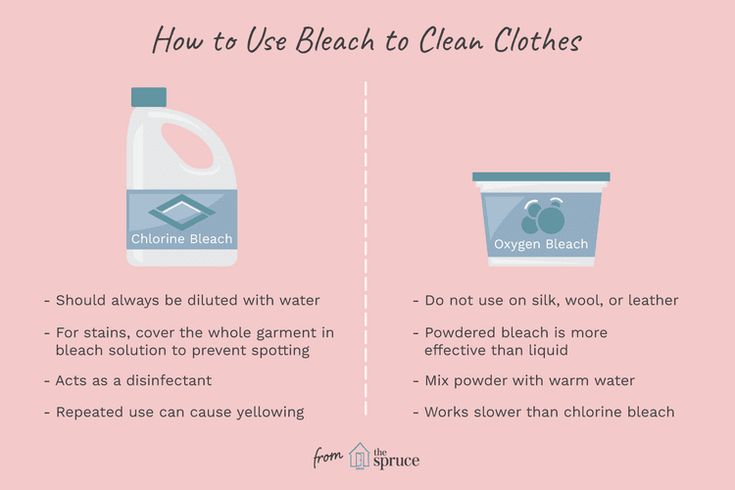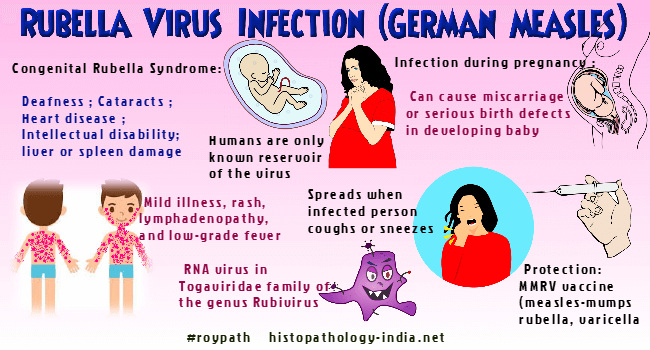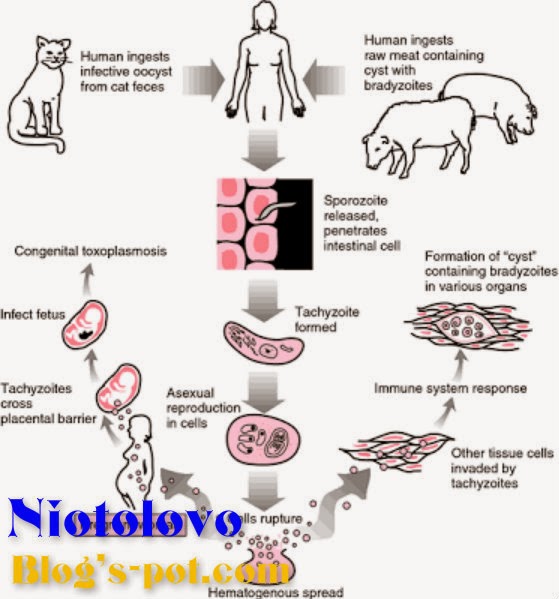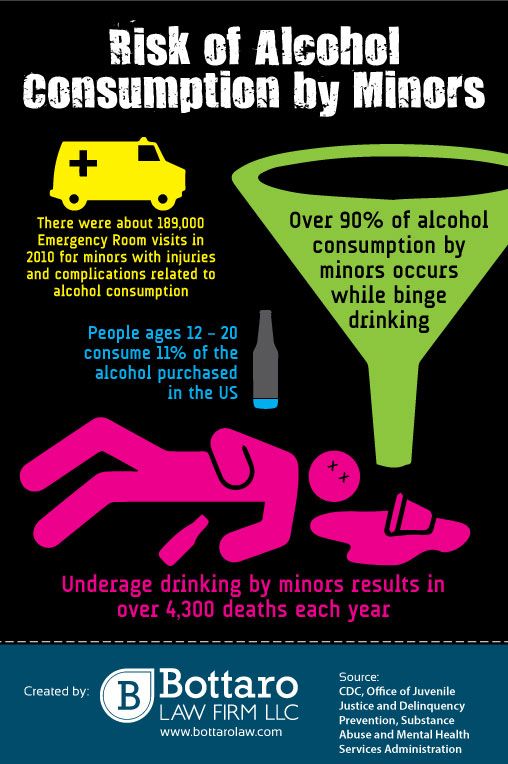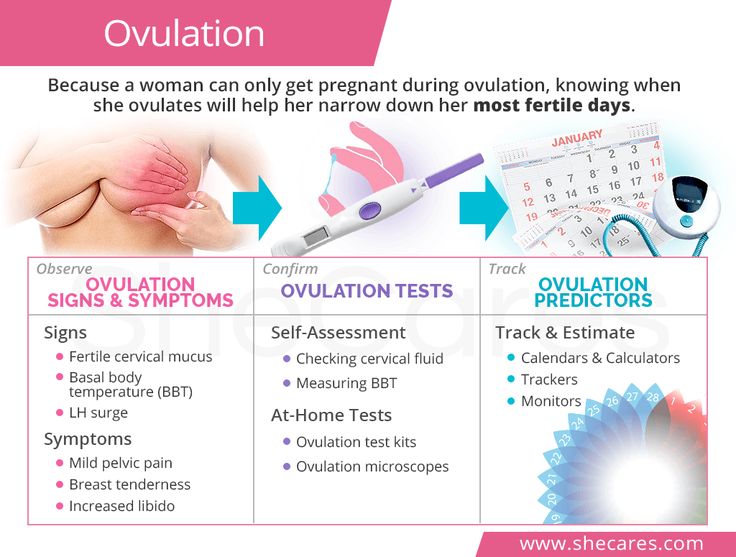Can cleaning with bleach harm my baby
Cleaning With Bleach While Pregnant
When a woman is pregnant, there are some things she needs to avoid like foods associated with listeria, recreational drugs, smoking caffeine, toxoplasmosis and salmonella (see the list of things to do and to avoid during pregnancy). However, depending on whom it is you are talking to, there are some things that are safe or unsafe for a pregnant woman as they can make her too nervous to do much. Nowadays, not a day goes by that the media does not report some bad news on the environment. This makes pregnant women more sensitive than they already are when they think about things that could harm their unborn baby. One of the many things pregnant women worry about is whether the products they use to clean are safe for their baby. Here is some useful advice on cleaning with bleach while pregnant.
According to the American Pregnancy Association, most cleaning products are safe to use during pregnancy including bleach. So, if you are pregnant, there is no need to hire cleaning help unless you need it. However, there is likelihood that some cleaning products have smells that might cause nausea.
Advice on Cleaning with Bleach While Pregnant
If you will be handling all the dirty work, here are some steps you should take whenever you clean with bleach while pregnant. This way, you will be able to protect yourself and the baby from any harm and keep you and your baby healthy.
Step 1: Ensure that the area you are cleaning has good ventilation.
Step 2: Wear protective clothing and gloves to protect the skin.
Step 3: Before you use a cleaning product, first read the instructions and warning labels.
Step 4: Do not mix chemicals like bleach and ammonia - this mixture is quite dangerous when inhaled.
Step 5: Try as much as you can not to clean your oven. The reason for this is that the space is tight, and ventilation is poor.
Step 6: Use Aerosol cleaning products but not routinely because they spread chemicals in fine mist, which makes it more likely for you to inhale. If you use fumes that make you feel sick, ask for help with the cleaning.
If you use fumes that make you feel sick, ask for help with the cleaning.
(Click here to see more precautions while using cleaning chemicals during pregnancy.)
Safe and “Green” Substitutes
You can easily make products that are non-toxic by using basic on-hand ingredients.
- Baking soda helps you to remove stains, eliminate odors and is a wonderful scouring powder.
- White vinegar comes in handy as an all-purpose cleaning product. It comes with a bonus for cleaning as a bacteria and germs killer.
- Club soda is also a good polisher and stain remover, while olive oil is a good furniture polisher.
- Hydrogen peroxide can work as a stain remover or bleach (non-toxic, and disinfectant).
- Borax is a wonderful alternative to bleach and helps to get rid of odor, deodorizes, disinfects and removes dirt.
How to make: Combine some liquid non-toxic soap with 2 tbsp.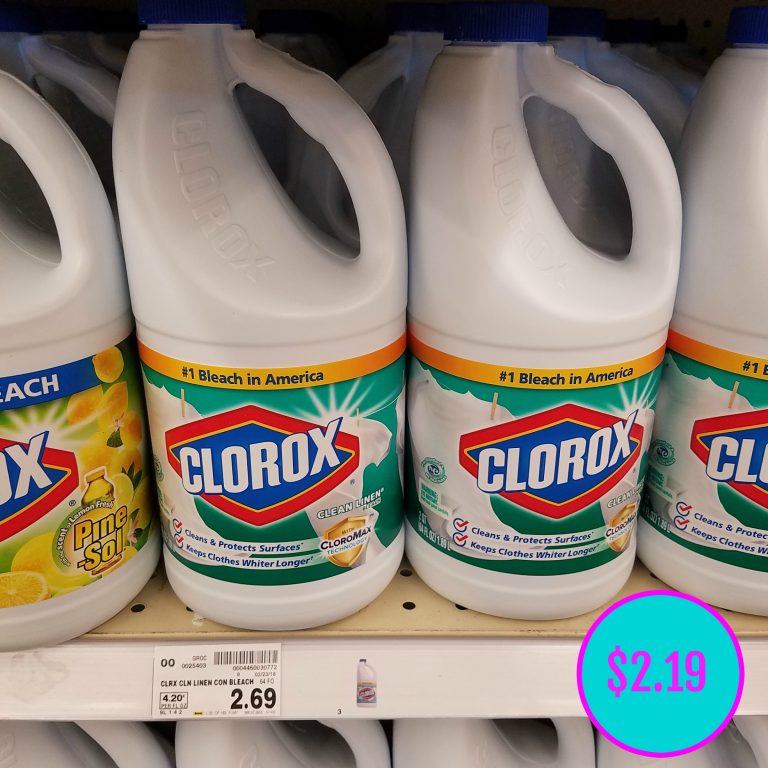 vinegar and a tablespoon of borax in an aerosol bottle and add some hot water. Shake the mixture well until all the borax has been dissolved then add some more liquid soap.
vinegar and a tablespoon of borax in an aerosol bottle and add some hot water. Shake the mixture well until all the borax has been dissolved then add some more liquid soap.
Precaution: It is worth noting that there are some people who add essential oils to homemade cleaner for the scent. However, pregnant women should avoid some essential oils because there are some that potentially have dangerous side effects in pregnant women. See the list of essential oils for pregnancy here.
- Some household products, nitrobenzene and antibacterial soaps. It is not possible to avoid cleaning product chemicals completely. There are some chemicals that have been associated with probable health complications like Triclosan. Triclosan can be found in some household products, nitrobenzene in some furniture polishes and antibacterial soap.
- Try not to do dry cleaning. Commercial dry cleaners mostly use PERC (perchloroethylene). There are some studies that have linked PERC to increased risks of miscarrying.
 You can instead hand-wash all the delicates or have someone dry-clean for you.
You can instead hand-wash all the delicates or have someone dry-clean for you. - Check your crystal, ceramic dishes and pottery. There are some serving pieces that may contain lead. Check if your favorite pieces have lead by using a lead test kit.
- The Cat’s litter box. A cat’s feces have a parasite known as Toxoplasma gondii. This parasite can cause a grave blood infection called toxoplasmosis. If you do have a cat, ask someone else to clean the cat’s waste box for you.
Here is a cleaning products video that will teach you about the dangers that come with some “cleaners” and they are the ones you should avoid most when expectant:
Click to learn more about pregnancy care:
Is it safe to use painting while pregnant? http://www.kids-center.org/thread/Painting-While-Pregnant.html
Is it safe to dye your hair while pregnant? http://www.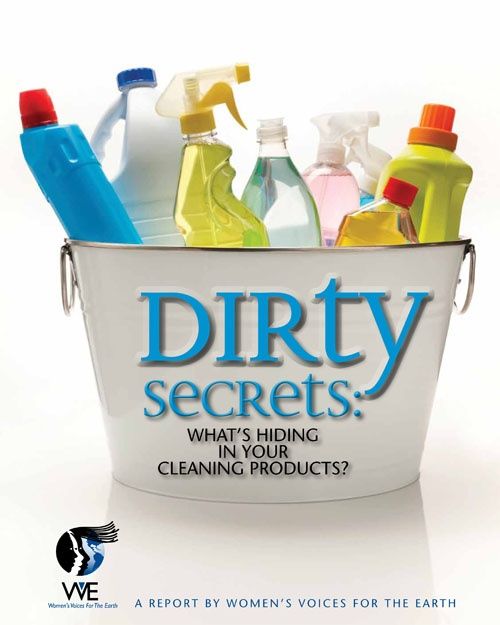 kids-center.org/thread/Dying-Hair-While-Pregnant.html
kids-center.org/thread/Dying-Hair-While-Pregnant.html
Can you get your nails done while pregnant? http://www.kids-center.org/thread/Can-You-Get-Your-Nails-Done-While-Pregnant.html
Are chemicals harmful to my baby?
Tommy's PregnancyHub
Some pregnant women worry that being exposed to everyday chemicals may harm their baby. There is no official guidance about this, but here we explain more about any potential risks and what you can do to protect yourself and your baby.
Chemicals and pregnancy
It’s natural to be worried about your baby during pregnancy. But the risk of household chemicals harming you or your baby is very low. It’s important to remember that we are exposed to both natural and man-made chemicals in our day-to-day lives. Even the water we drink contains a mixture of chemicals. Therefore, it is not possible to live an entirely chemical-free lifestyle.
There are some things, like alcohol, cigarettes and illegal or recreational drugs, which contain chemicals that we know can be very harmful in pregnancy.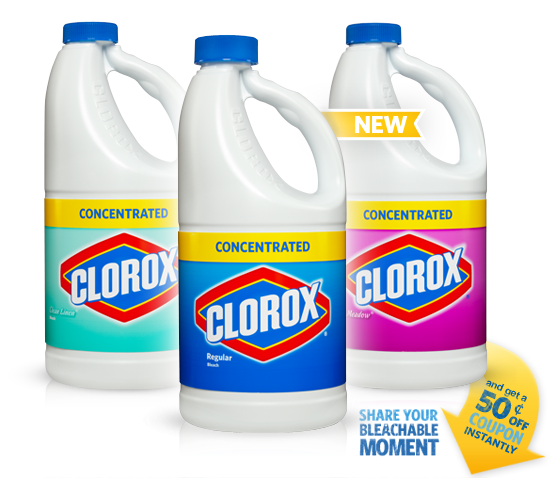 There is clear evidence that stopping these activities is one of the best things you can do to protect your baby’s health during pregnancy and after they are born.
There is clear evidence that stopping these activities is one of the best things you can do to protect your baby’s health during pregnancy and after they are born.
However, some women are concerned about how chemicals found in everyday household items can affect their pregnancy. These include chemicals found in:
- cosmetic products including moisturisers, shower gels and hairsprays
- cleaning products
- air fresheners
- paints or glues
- chemicals used to preserve furniture.
But research shows that usual levels of exposure to chemicals found in everyday household items are low. They have not been proven to have a significant impact on a baby’s development.
The best thing to do is try to focus on maintaining a healthy lifestyle as much as possible and not worry too much about household chemicals that are very hard to avoid. For most people, it would be very difficult to stop using these entirely. But if you are worried, you could try to focus on limiting how often you use them.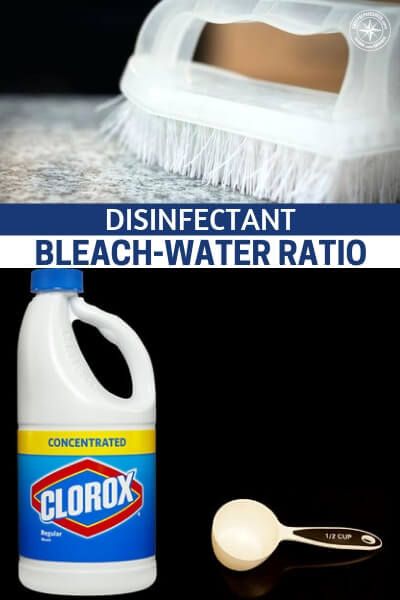
How can I limit my exposure to chemicals at home?
Cleaning products
When you use cleaning products, try to ventilate the room during and after cleaning by opening the windows to get some fresh air. If you are cleaning your oven, make sure the room is well-ventilated and read the instructions carefully. Many oven cleaners produce a lot of fumes from strong chemicals.
Some products say they are free of ‘harmful’ chemicals or label themselves as ‘natural’. This does not always mean they are completely safe. If you are very worried about using cleaning products, you could try using completely natural products instead. White distilled vinegar is a great natural cleaner and you can add lemon or herbs to give a nice smell. Baking soda can also be a great cleaner, especially in ovens.
Painting
It is unlikely that painting with modern paint or being around paint fumes will harm your developing baby. This is because the risk from most modern household paints is very low. However, the risk may be slightly greater from solvent-based paints and older paintwork. These could contain traces of lead. You could avoid using solvent-based paints and stripping old paintwork while you are pregnant.
However, the risk may be slightly greater from solvent-based paints and older paintwork. These could contain traces of lead. You could avoid using solvent-based paints and stripping old paintwork while you are pregnant.
But if you do want to paint while you’re pregnant, here are some tips for reducing any potential risks:
- Any small risk to your baby would be greatest during your first trimester. This is when your baby's organs start developing. As a precaution, you could wait until at least the second trimester of pregnancy to do any painting.
- Use water-based paints instead of solvent-based ones and spray paints.
- Make sure any room you paint in is well ventilated by opening all the windows and doors.
- Wear protective clothing like gloves, long trousers, face masks, long-sleeved tops and goggles.
- Avoid drinking or eating in the room you are decorating and wash your hands thoroughly when you have finished.
Hair dye
Chemicals can also be found in hair dye. Some women worry about dying their hair during pregnancy. But the amount of chemicals in hair dye is very low. The colours in permanent and semi-permanent hair dyes are not highly toxic.
Some women worry about dying their hair during pregnancy. But the amount of chemicals in hair dye is very low. The colours in permanent and semi-permanent hair dyes are not highly toxic.
If you’re worried, there are some things you can do to reduce any risk even further. For example, many women wait until after 12 weeks of pregnancy (after the first trimester), when the risk of the chemicals harming the baby is lower. It’s also always a good idea to do a strand test first using the hair dye you intend to use. Or you can ask your hairdresser to do a patch test if you’re having your hair dyed at a salon. Find out more about dying your hair during pregnancy.
More tips for reducing exposure to chemicals
These steps can also help reduce your exposure to chemicals:
- You may prefer to use natural cosmetic products where possible, for example coconut oil can be used as a moisturiser.
- Eat fresh food rather than processed foods if possible.
- Avoid the use of garden, household or pet pesticides (such as fly sprays or flea powders).
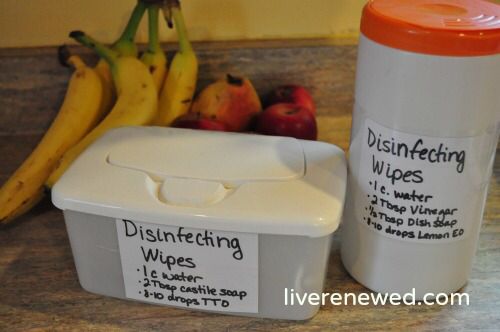
However, it’s very hard for most people to avoid using these items entirely and the potential risk to you or your baby are very low.
Chemicals at work
If you are concerned about chemicals at work, speak to your employer. They are responsible for doing a risk assessment to identify potential workplace risks during pregnancy. They need protect you from these as much as possible, for example, your employer may improve ventilation or provide extra protection.
However, even when you know what chemicals you work with, and how much you are exposed to, there is no way of fully knowing any risks to your baby. There is currently no evidence for safe or harmful levels of exposure. The best way to protect yourself and your baby is to keep exposure as low as possible, as a precaution.
Household chemicals and pregnancy complications
Some research has found potential links between being exposed to household chemicals and pregnancy complications. These complications have included preterm birth, low birth weight, pregnancy loss and conditions in the baby’s later life, such as asthma.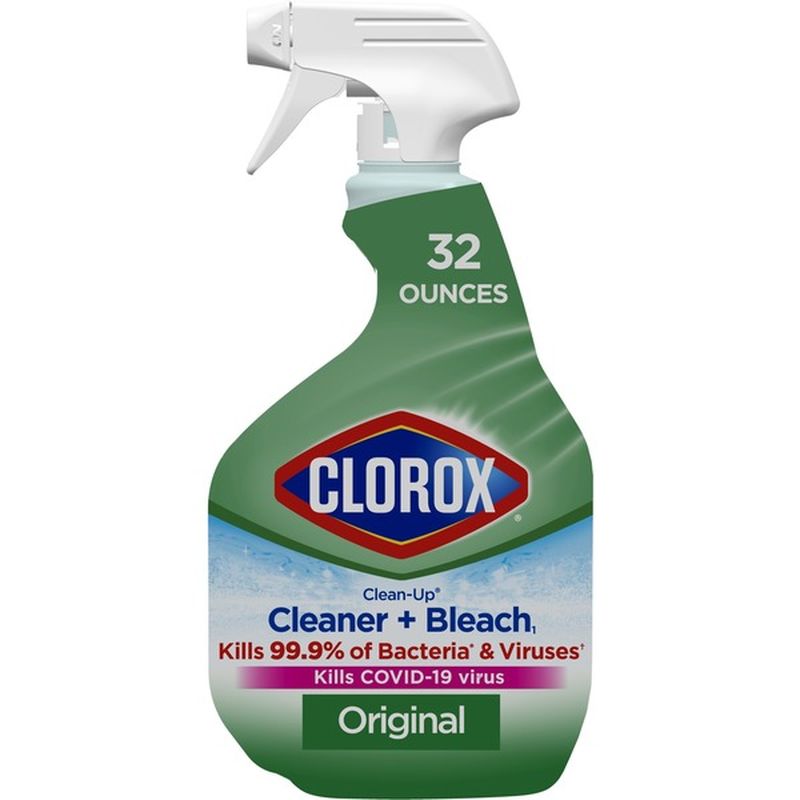 However, it is important to remember that only potential links have been found. These complications may have been caused by other factors, including lifestyle choices and various other health conditions.
However, it is important to remember that only potential links have been found. These complications may have been caused by other factors, including lifestyle choices and various other health conditions.
Some evidence shows that using cleaning sprays, air fresheners and solvents during pregnancy may increase the risk of wheezing and infections for children after birth. However, much more research is needed to fully understand the relationship between exposure to chemicals and the risk of developing asthma.
Although these studies may sound frightening, the risk for most people is very low and shouldn’t be something for you to worry about. If you are concerned, it’s a good idea to speak to your midwife.
Review dates
Reviewed: 20 April 2020 | Next review: 20 April 2023
Back to top
Facial cleansing: types and indications
"A Clinic" - clinic of aesthetic medicine, cosmetology and dermatology
8 (495) 781-73-72
We work from 09:00 to 21:00
Days off January 1, 2, 7
Moscow, Sadovnicheskaya st.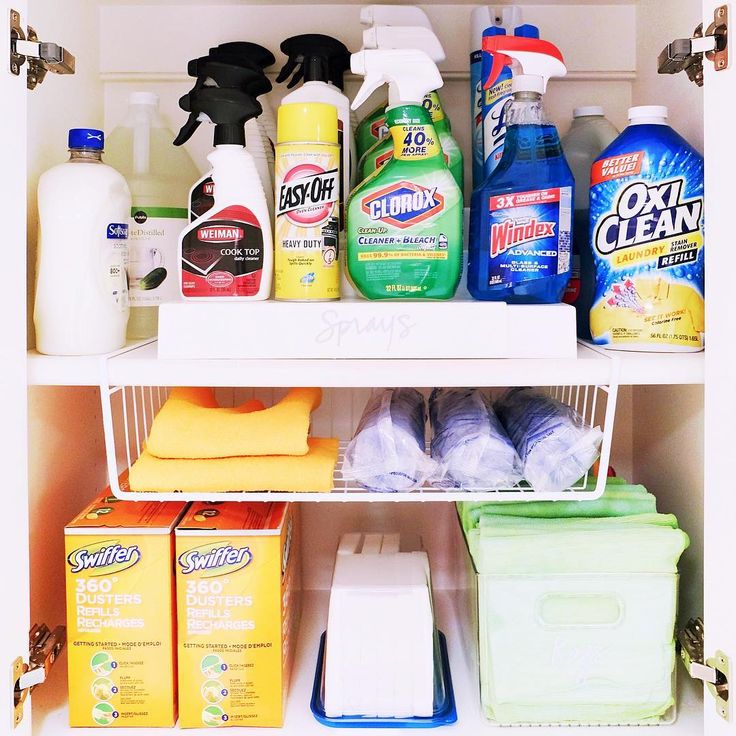 , 11 building 2
, 11 building 2
A Clinic nine0005
Blog about cosmetology
Face cleaning: types and indications
Services Doctors results Reviews
Verified by an expert
Gutsenko Liliya Anatolyevna
Dermatovenereologist, cosmetologist
Publication date: March 22, 2022 nine0005
Check date: March 22, 2022
Content
- Indications for conducting facial cleaning
- Contraindications for cleaning
- Types of cleaning
- Preparation for the procedure
- How the procedure is carried out
- Recommendations before and after procedure
- PLASS AND MINISES OF FALL
- Facial cleansing at "A Clinic"
- Frequently asked questions about facial cleansing
 Its main task is to return the skin to a healthy look. This will happen after the respiration of the skin is restored, it will be freed from fat and dirt, dead cells. All this helps to achieve cleansing the face.
Its main task is to return the skin to a healthy look. This will happen after the respiration of the skin is restored, it will be freed from fat and dirt, dead cells. All this helps to achieve cleansing the face. In order for the skin to always look well-groomed, it is necessary to clean it regularly. And for people with problem skin, with acne and black dots, this procedure is shown at least once a month. nine0005
It is important to remember that you should never clean your face on your own. You can bring an infection, increase the already existing inflammation. Inept actions can even lead to the transition of acne (pimples) to the chronic stage. After all, it is almost impossible to provide the necessary sterility at home. Only a professionally performed facial cleansing procedure provides an excellent result - clean, smooth and even skin without blackheads and blackheads.
nine0063 Indications for facial cleansing Facial skin cleansing is indicated for conditions such as:- enlarged pores;
- acne;
- comedones;
- hyperactivity of the sebaceous glands;
- reduced skin elasticity;
- dull complexion
Facial cleansing effectively solves the problems of oily and combination skin.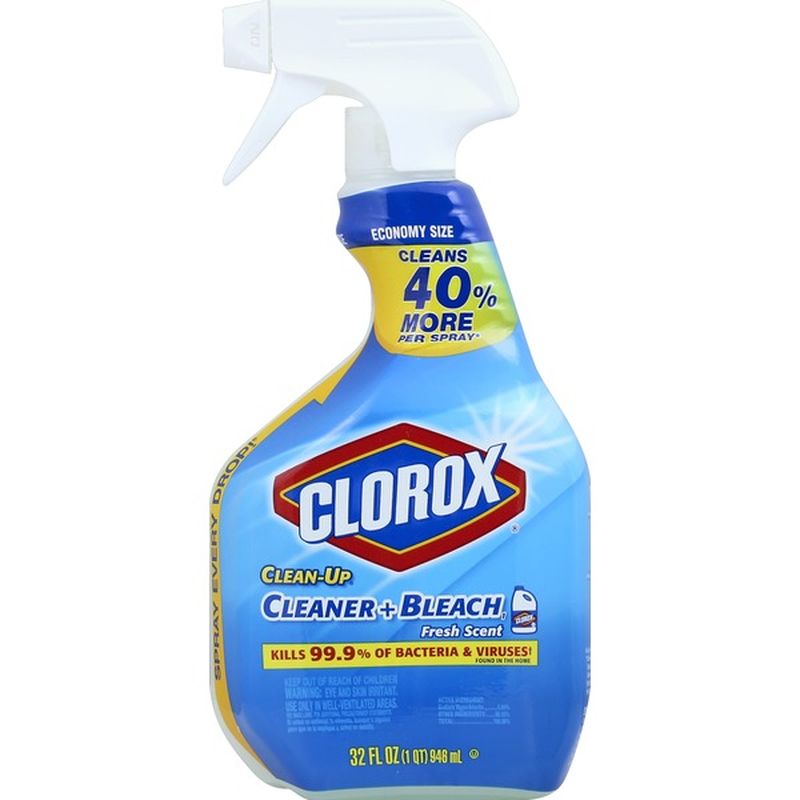 But owners of normal and dry skin types should not refuse such a procedure in order to maintain it in a healthy state. nine0005
But owners of normal and dry skin types should not refuse such a procedure in order to maintain it in a healthy state. nine0005
Leather should be cleaned regularly. After all, our skin is constantly exposed to various pollution. And cleansers and lotions remove only superficial dirt. What penetrates deep into the skin cannot be removed with cosmetics.
Constant pollution of the skin leads to its premature aging and the formation of wrinkles.
Contraindications for cleaning
Although facial cleansing is a fairly gentle procedure and suitable for almost everyone, there are certain limitations. nine0011 So, it is not recommended to cleanse the skin of the face during acute colds and inflammatory diseases, immediately after surgery.
You can not clean with eczema, psoriasis, dermatitis, as well as allergic reactions.
During the heat and severe frosts, only gentle types of facial cleansing are carried out.
Types of cleaning
Facial cleansing can be manual (manual) and hardware.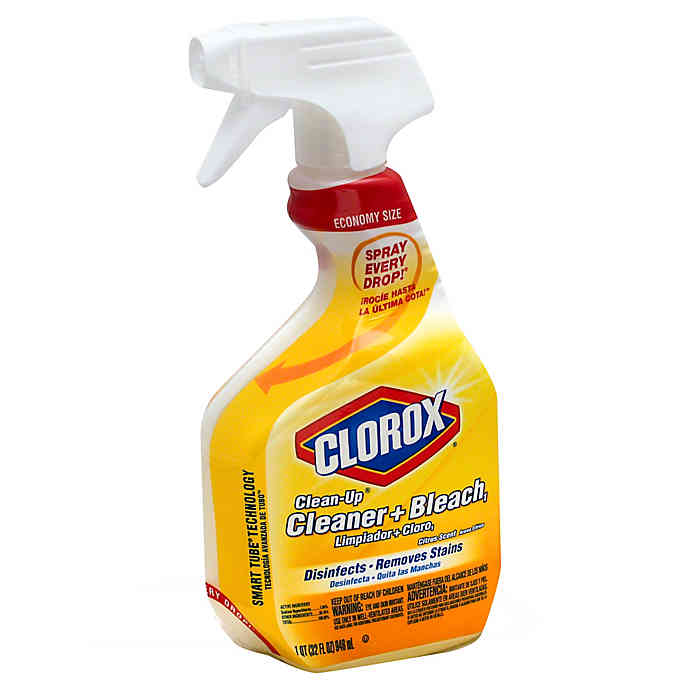 Techniques differ in the method of exposure to the skin. nine0005
Techniques differ in the method of exposure to the skin. nine0005
Manual face cleaning
Manual facial cleansing is performed by the hands of a beautician. In this case, long-proven tools are used: Uno spoon, Vidal loop, strainer. Before the procedure, a special solution is applied to the skin to open the pores. Pollution, sebum, horny scales, comedones are removed from the skin manually with strict observance of the rules of sterility.
Manual cleaning is indicated for oily and problem skin.
Hardware facial cleansing
Hardware cleaning is divided into several subspecies, which are performed using various cosmetic devices
Ultrasonic cleaning
Ultrasonic cleaning is very effective. Ultrasound cleanses the skin of impurities, horny cells, excess sebum, comedones. In addition, ultrasound helps to reduce wrinkles. After such cleansing, the skin looks hydrated, smooth, radiant.
Vacuum cleaning
nine0002 The vacuum nozzle creates a negative pressure on the skin, due to which blood circulation in the dermis increases, the pores open and are cleaned of black dots, sebaceous plugs, and dead cells. Vacuum also promotes lymphatic drainage and tonic effects, normalizes the sebaceous glands, improves complexion.
Vacuum also promotes lymphatic drainage and tonic effects, normalizes the sebaceous glands, improves complexion. Combination facial
For more intensive cleansing of the skin, a combined method can be used - a combination of hardware and manual cleaning. Exposure to the device will help cleanse the surface of the epidermis, even out the relief and restore a healthy color to the skin. And then the cosmetologist manually removes deep skin impurities (comedones, blackheads). nine0005
Preparation for procedure
Preparation for facial cleansing does not require much effort.
Before the procedure, the beautician thoroughly cleanses the patient's face. For this, micellar water or hydrophilic oil are usually used. Washing gels or foams will help to cleanse the skin more thoroughly. Enzyme powders perfectly cleanse and prepare the skin for the further procedure.
Next, you need to soften the surface layer of the skin to open the pores.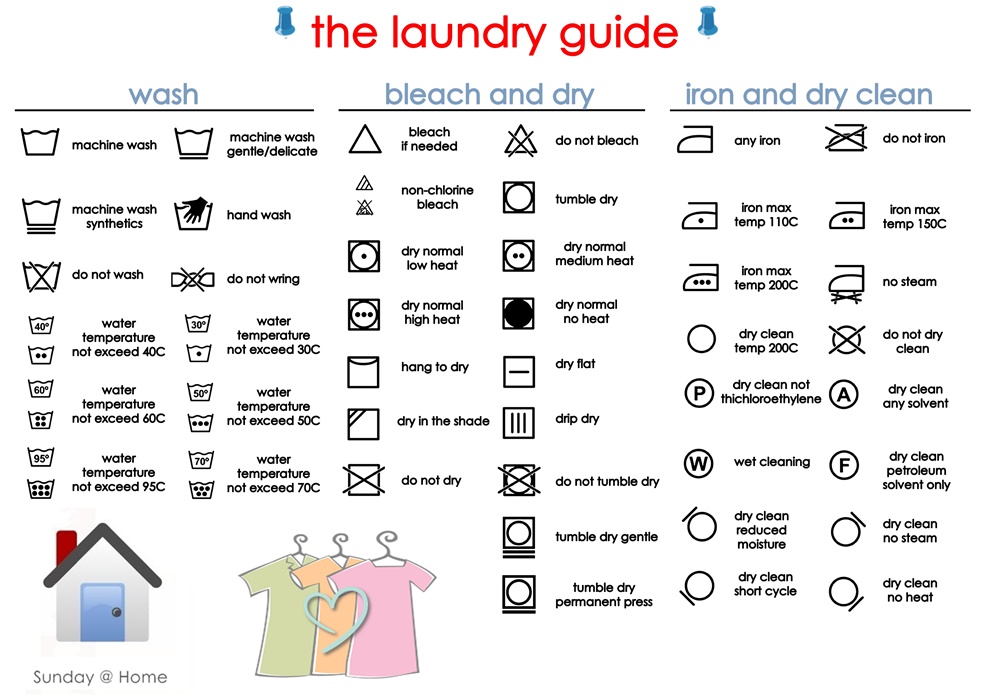 To do this, use special chemical disinfectants. nine0005
To do this, use special chemical disinfectants. nine0005
How the procedure is performed
Manual facial cleansing should only be carried out by professional cosmetologists working in a clinic that you fully trust.
Before the cosmetologist proceeds directly to manual cleaning of the face, he will treat the patient's skin with an antiseptic. Everything that interferes with their functioning is squeezed out of the pores. Metal spoons are also used, because it is not always possible to remove black dots manually. nine0005
After cleansing the skin, various cosmetics are applied to it to soothe the skin, narrow pores and stop inflammation.
Hardware cleaning is carried out using special devices. Patients tolerate hardware cleaning more comfortably than manual cleaning. Manual cleaning is a rather painful procedure, as the specialist has to make efforts to cleanse the skin of dirt and sebum.
Recommendations before and after the procedure
The method and method of facial cleansing is selected by the doctor, based on the age of the patient, the degree of skin contamination and current problems. The cosmetologist evaluates the condition of the skin and individually selects the method that is optimal for a particular patient.
The cosmetologist evaluates the condition of the skin and individually selects the method that is optimal for a particular patient.
In order to keep the result of cleaning as long as possible and not harm the skin, after the procedure, you need to follow certain rules.
On the day after cleansing, it is not recommended to wash your face with water, you can not apply cream and use decorative cosmetics. Otherwise, the pores can be clogged again. nine0011 Do not touch your face unnecessarily, so as not to provoke skin irritation.
Within a week, you must refuse to visit the bath, sauna, solarium.
It is important to take good care of the skin between cleansing procedures, using effective, but delicate products. Your cosmetologist will select them.
Pros and Cons of Facial Cleansing
The undoubted advantages of the procedure include its effects such as:0011
- Exfoliate dead skin layers. This stimulates skin regeneration, improves its color and texture.

- Removal of imperfections in the form of blackheads and blackheads.
- Cleansing the skin of toxins.
- Restoration of the protective layer of the skin.
- Stimulation of blood circulation.
- Among the shortcomings of the procedure can be identified:
- Injury to the upper layers of the skin. This happens during manual cleaning. nine0039
- Pain during the procedure and for some time after it. Also characteristic of manual cleaning.
- Redness of the skin for a few days after the procedure.
Facial cleaning in "A Clinic"
A Clinic offers its patients the most advanced and effective facial cleansing techniques.
HydraFacial is the newest multifunctional complex of procedures. nine0011 It is based on the innovative Vortex-Fusion technology, which combines mechanical exfoliation, the effects of multifunctional serums and vacuum stimulation of the skin. Thanks to this, HydraFacial provides an effective skin treatment. SPA cleaning, chemical peeling, microdermabrasion and non-injection mesotherapy are combined in one procedure.
SPA cleaning, chemical peeling, microdermabrasion and non-injection mesotherapy are combined in one procedure.
The procedure includes 6 main stages, each of which has a healing effect on the skin. At all stages, unique patented HydroPeel nozzles and basic active serums are used. Acid peels and special anti-aging boosters are recommended to be used optionally at certain stages. nine0011 Classical ultrasonic cleaning should be done at least once every six months. It helps to remove dead cells, surface impurities, stimulate blood circulation.
Ultrasonic cleaning will relieve the skin of blackheads, inflammation, and start the renewal process. After the procedure, you can forget about the dull color of the skin, clogged pores, increased production of sebaceous secretions. And last but not least, ultrasonic cleaning is suitable for all skin types and all ages. nine0005
Various types of peels will also help start the process of skin regeneration.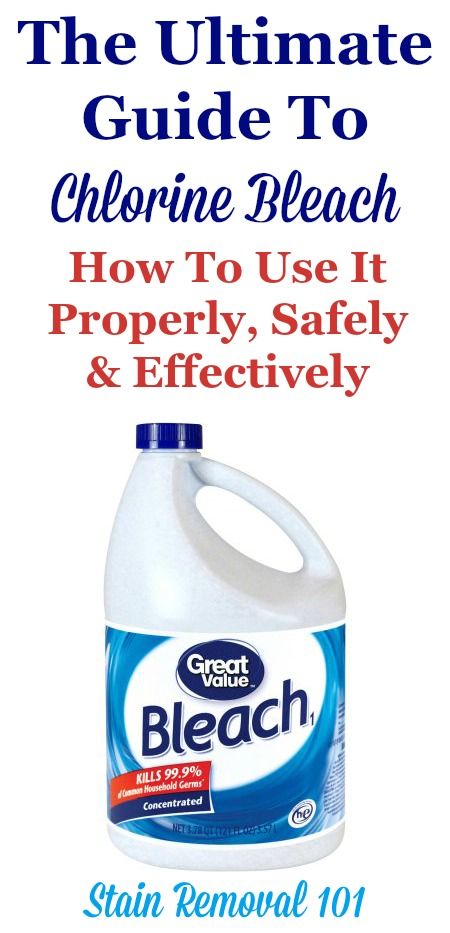 Unlike cleansing, peelings remove dead skin cells not mechanically, but by dissolving them with acids. So that the rehabilitation process does not drag out, and the skin recovers quickly, you can try gentle fruit, glycol, almond, milk peels.
Unlike cleansing, peelings remove dead skin cells not mechanically, but by dissolving them with acids. So that the rehabilitation process does not drag out, and the skin recovers quickly, you can try gentle fruit, glycol, almond, milk peels.
Peelings will help to cope with various skin problems, from loss of elasticity to acne marks.
The optimal combination of various methods (manual, hardware) allows you to simultaneously eliminate a number of problems - remove comedones, acne, even out the relief, improve complexion, normalize the sebaceous glands, improve skin respiration. After all, pollution is not only fraught with inflammatory processes, but also significantly impairs skin respiration, metabolic processes, reduces local immunity and accelerates aging.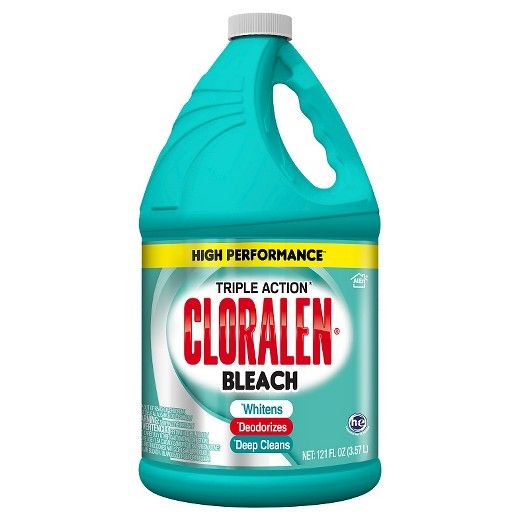 nine0005
nine0005
A comprehensive facial cleansing usually takes 1.5 hours. Along with manual cleansing, the complex procedure includes hardware methods - microdermabrasion, Jet Peel, ultrasonic peeling, as well as superficial chemical peeling with fruit acids for individual purposes.
Jet Peel is cleaning with a directed jet, consisting of oxygen and tiny drops of water. The gas-liquid jet delicately, painlessly, effectively washes away dead cells from the surface, deeply cleansing the pores. At the same time, Jet Peel is not only an exfoliating procedure, but also a gentle massage that improves blood circulation and improves skin tone. nine0005
Microdermabrasion is a cleansing of dead skin cells with an air jet containing aluminum oxide microparticles. In the "A-Clinic" this procedure is carried out on the latest generation apparatus Maya Peel System, which allows you to control the process of cleansing and the depth of removal of dead epithelial cells with exceptional accuracy.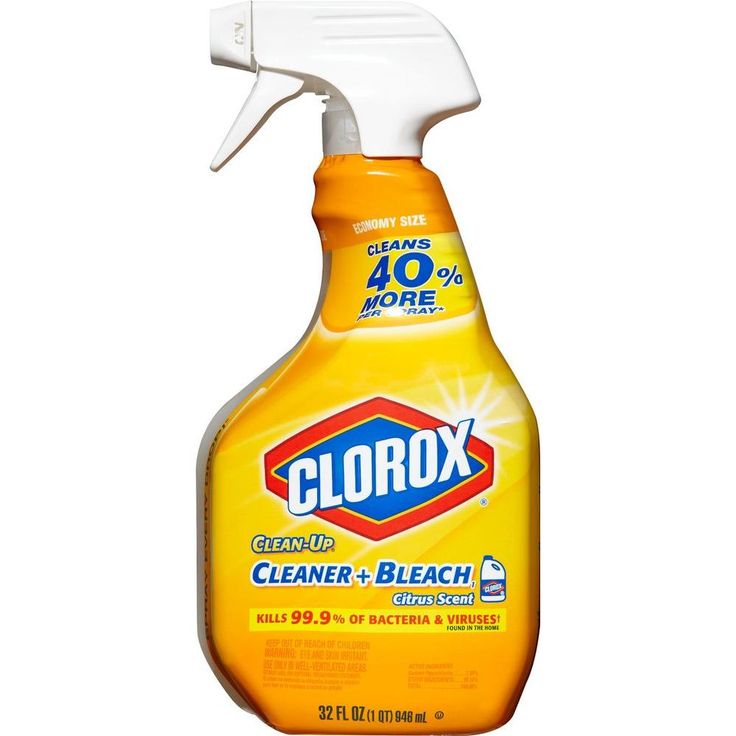 The effect is enhanced by vacuum treatment, which powerfully accelerates the processes of skin renewal and rejuvenation. nine0005
The effect is enhanced by vacuum treatment, which powerfully accelerates the processes of skin renewal and rejuvenation. nine0005
Facial Cleansing FAQ
Question: Why do facial cleansing?
Answer: Acne or comedones appear on the face of most people, especially in cities. Their appearance is connected with the environment and lifestyle.
The sebaceous glands secrete a substance designed to protect the skin from drying out and pollution. During normal functioning of the body, the skin cleanses itself. But when exposed to stress, malnutrition, diseases of the internal organs, skin regeneration slows down, and the secretion of the sebaceous glands, on the contrary, increases. As a result, the sebaceous glands become clogged, stop working normally and black dots appear. A face with black dots looks unkempt. nine0005
Question: What cleaning to choose - manual or hardware?
Answer: For problematic skin, mechanical cleaning of the face by a beautician is considered the most effective. It allows you to remove dirt and purulent formations in problem areas as much as possible.
It allows you to remove dirt and purulent formations in problem areas as much as possible.
For skin prone to excessive sensitivity and dehydration, ultrasonic cleansing is recommended. This method will not only cleanse the deep layers of the epidermis, but also restore metabolic processes without overdrying the skin. nine0005
Your cosmetologist will help you choose a cleansing based on the individual characteristics of the skin.
Question: How often should I clean my face?Answer: For best results, cosmetologists recommend repeating deep facial cleansing 2-3 times per season with an interval of one month. Sometimes specialists reduce or increase the number of procedures. A more detailed course of procedures can be compiled by your beautician, who knows the condition of your skin. nine0002 Specialists
See all specialists
Subscribe to news
Do you want to be aware of all the news and advantageous offers of A Clinic?
Subscribe to our newsletter and be the first to receive all the information about new products and promotions!
I agree to the processing of personal data.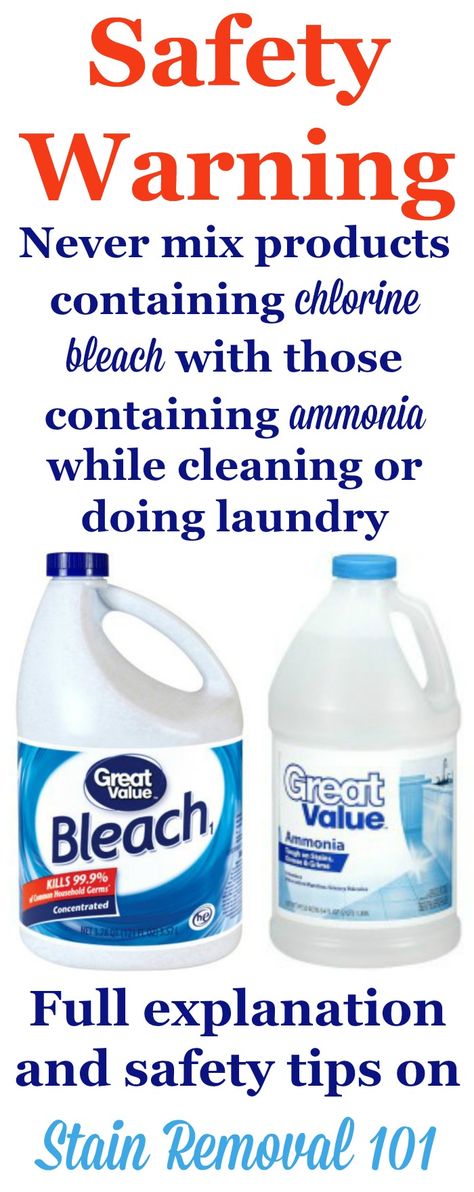 I have read and agree with the privacy policy and protection of personal data
I have read and agree with the privacy policy and protection of personal data
Our beloved, dear, respected patients! nine0200
The A Clinic team sincerely congratulates you on the upcoming New Year 2023!
According to the Eastern calendar, this is the year of the Rabbit. We wish this fluffy animal to bring you peace and family comfort, goodness, harmony, stability!
We wish every home to be filled with successful business and happy moments! May your year be bright, energetic and positive!
May all your loved ones be healthy! My heart was always happy and calm! And in the heart - lived love! nine0005
We wish the New Year to bring you exactly those changes in your life that you have long dreamed of! And the A Clinic team is always there and is always ready to offer its beloved patients the best technologies for beauty and health!
Happy New Year!
Yours sincerely, Natalia Zhmurina, Chief Physician of A Clinic.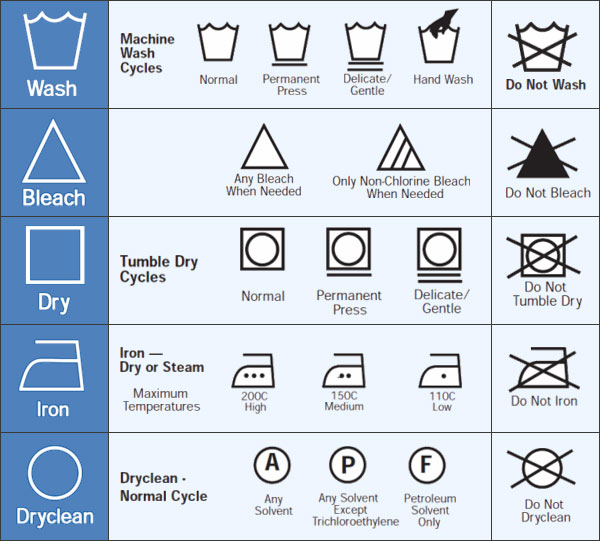
Is it possible to clean the face during pregnancy
Facial cleansing during pregnancy Ultrasound face cleaning for pregnant women Where to do nine0005
Is it possible to have a facial cleansing during pregnancy?
A positive mother's attitude has a positive effect on the course of pregnancy and the development of the baby - there is documentary evidence of this. But skin problems against the background of increased emotional lability can lead to stress and other negative consequences.
Fortunately, there are many ways to get rid of acne and other dermatological problems. Many of them are available to pregnant and lactating mothers. nine0005
Modern medicine gives a positive answer to the question of whether it is possible to clean the face during pregnancy, establishing here only one restriction of a strongly recommendatory nature. All cosmetic procedures (including facial cleansing) for pregnant women should be carried out in a medical institution and only by a specialist doctor.
Is it possible to do ultrasonic cleaning of the face during pregnancy?
All face cleaning methods can be divided into three broad groups:
- Manual (often referred to as mechanical). The doctor uses only his own hands and auxiliary tools (special spoons, needles, and so on).
- Chemical. This group includes various peels that act on the skin due to active chemicals.
- Hardware. There are a lot of hardware methods for cleaning the face at the moment, for example, ultrasonic, laser, vacuum, galvanic, and so on.
In modern cosmetology practice, combined facial cleansing is often used, combining mechanical and hardware methods to achieve optimal results. nine0005
Answering the question whether it is possible to clean the face during pregnancy, one must first of all take into account the method of exposure. For example, during this period, medium and deep peels are prohibited (surface peels are allowed), as well as electro- and light therapy (including using a laser).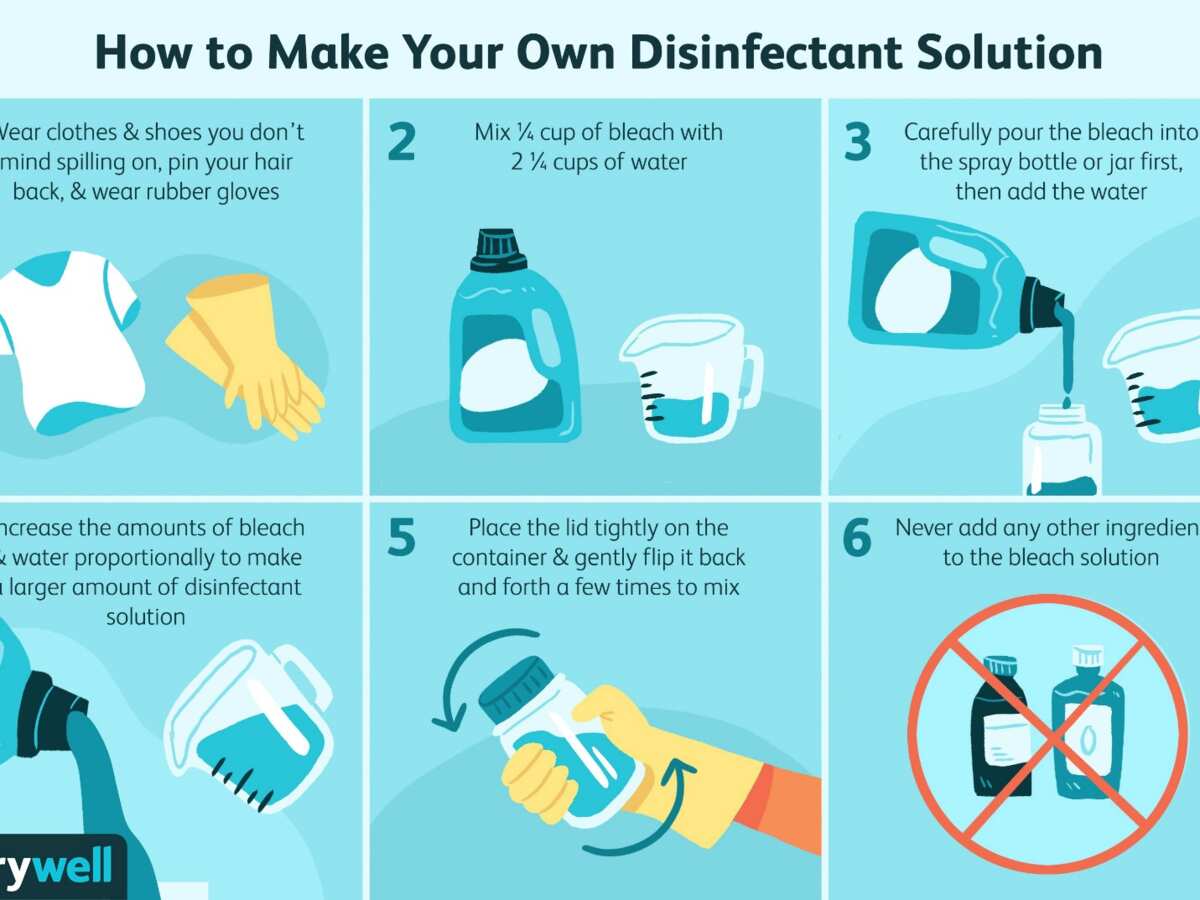
But mechanical and ultrasonic cleaning of the face during pregnancy can and should be done. You should not do it at home on your own, especially with the help of dubious devices that are recommended for home use by all kinds of online and TV stores. nine0005
Why is it necessary to do a facial cleansing in a health facility?
An ultrasonic facial cleaner installed in a medical facility (for example, CELSIUM Clinic) has been certified and has a registration certificate for medical use. It is guaranteed safe for use in cosmetic procedures.
Most of the ultrasound devices that are sold through online stores and are positioned as a worthy alternative to expensive salon procedures do not have such documents. These are household appliances, like kettles or irons. No one can vouch for the safety of their use (especially during pregnancy). nine0005
The question of whether it is possible to do mechanical cleaning of the face during pregnancy can be answered in the same way.